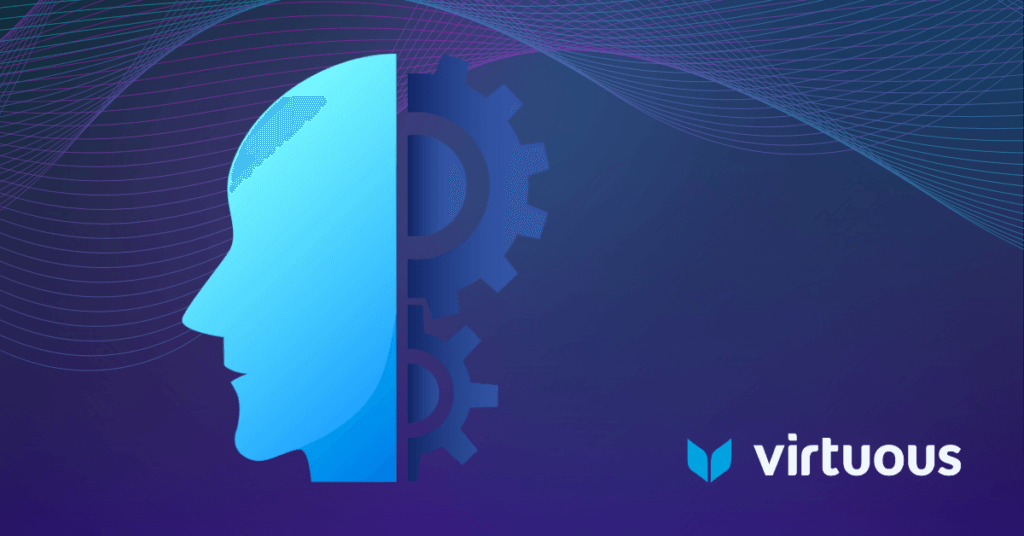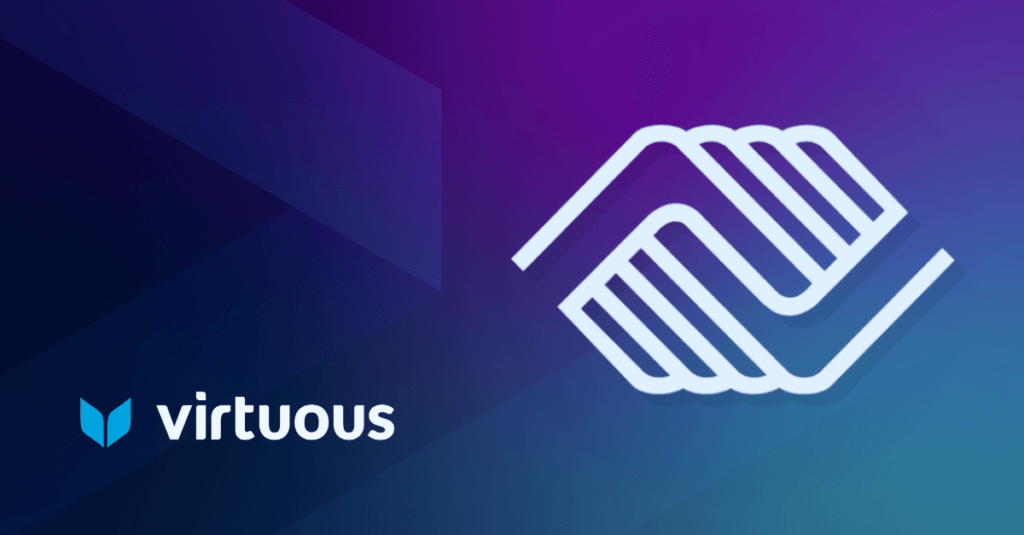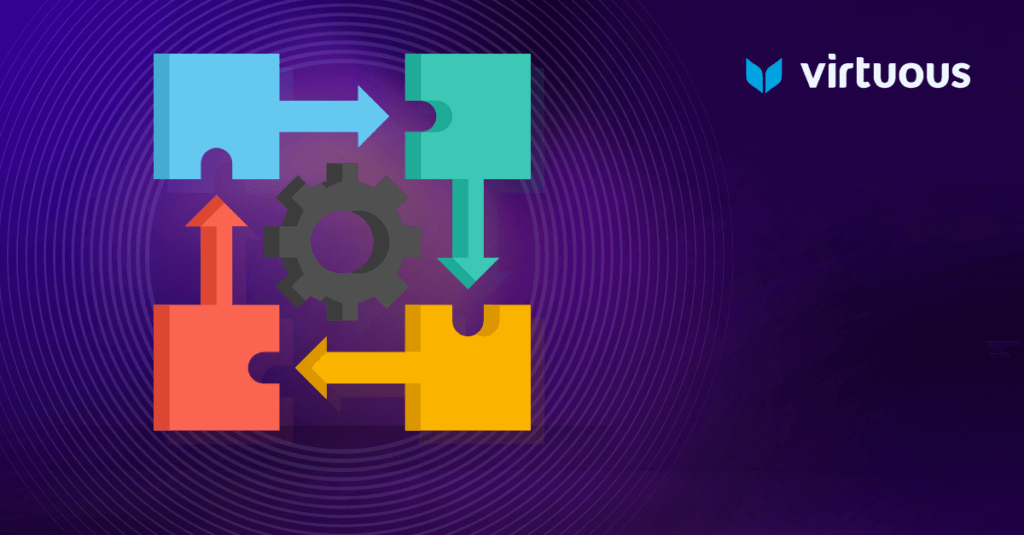Whether you have had your current system for a few years, or many years, making a technology switch to new nonprofit software is a big deal. After all, you’ve worked hard to collect and manage data.
You’ve also worked hard to build relationships with supporters that have strengthened your organization to the place it is now. The data you’ve worked to collect is critical — not only to your history but to your future.
If you’ve already taken the important step of assessing your needs, identifying gaps, determining your current system can’t support these needs, and documenting what you need a system to do — you are ready to start looking at new nonprofit software.
It’s time to go shopping to identify systems that have the potential to meet what you need. To do this, you must prepare to review potential solutions and select the best fit carefully. Your goal is to ensure your chosen system meets your needs. But how can you be sure? We’ll discuss some essential steps and considerations to create the confidence you need to decide.
Understand Your Needs: Before you jump right into the marketplace, start at the beginning by aligning your Nonprofit CRM Software to your goals.
Assess and Document Your Ecosystem
You may have started with the idea that you need a new nonprofit CRM, but there are other systems in your organizational structure—or what we call your Nonprofit Data Ecosystem. For example, you likely have finance, ticketing or program registration, document storage, project management—and possibly many more.
Most organizations have several systems, but often those systems are siloed to the teams that are using them. However, no systems exist in a vacuum, even if they are not currently integrated or shared across teams. Everything that happens in an organization is interconnected. Consider all of the following activities:
- Casual lunch meetings with donors
- Sending a follow-up email
- Event attendance
- Major gift donation
- Sending acknowledgment letters
- Gift processing
All of these items are foundational to a good, responsive fundraising program. However, business processes to support these constituent actions may not be happening in one system.
When you are shopping for your new nonprofit software—no matter what kind—you must consider whether it can integrate into systems in your organizational structure and how you want data to flow.
Start by making a list of all systems. As you are shopping for solutions, you may be able to consolidate systems or, at a minimum, create integrations. The important part is to document your ecosystem clearly and define the roles of each system in its current state.
Manage Expectations and Prioritize Needs for Your New Nonprofit Software
By first clearly identifying your requirements for new nonprofit software, you can maintain an open-minded approach during your search.
While an all-in-one system might be a nice idea, the reality of your business needs may not align with that dream. Your organization may require a set of systems that can tightly integrate to best cover your needs.
Recognize that a new system might not fulfill every outlined need. This doesn’t mean it’s impossible to find a suitable solution, but rather highlights the importance of prioritizing your requirements.
For example, if recurring donations are an important part of your business model, you’ll have to find a system to support that. But if text-to-give is on your wishlist, it may be ok to accept a system that cannot currently support that need. Or if your donor communications system is working well and can integrate into a new CRM, a new CRM’s communication capabilities may not be a critical consideration.
Start by defining and clarifying your needs for the new system. Organize these needs into categories such as automation, marketing, or major gifts. Then, create three lists: must-haves, nice-to-haves, and your wish list. Prioritize not only the individual features within these lists but also consider which teams within your organization need the new system the most.
Create Your Grading System
After outlining your requirements, assessing your current systems, and prioritizing must-haves versus your wish list—you’re it’s crucial to establish a process by which you will “grade” each option before beginning your search. This approach ensures a systematic and effective assessment of each option
By creating a grading system that you can use across systems, you’ll be able to objectively rate the systems based on your requirements.
Your scale can be A, B, C, D, and F, or a point system of 1 to 100, or anything that makes sense to your team. Just be sure it is clear, prioritized, and usable for your team for evaluation.
Narrow Your List and Request Information
Before you reach out to vendors, review the nonprofit systems marketplace by doing the following:
- Talking to similar nonprofits
- Searching nonprofit resources
- Looking at nonprofit system websites
You may have a general idea of functionality offered by the systems you preview, so once you’ve decided on your shortlist—get ready to connect with the vendors. Start by creating an RFP or RFI. An RFI is a simple request for information, while an RFP is a more formal request for a proposal.
In either case, tell the vendor about your goals, your timeline, an overview of your organization, and—most importantly—your requirements checklist for your new nonprofit software.
Also, let the vendors know that they can skip sections of the requirements that don’t apply, so they don’t exclude themselves. For example, if a vendor doesn’t have live auction functionality but you are happy with your auction platform, it might be okay with you if a vendor doesn’t offer this functionality in their system.
Don’t waste your time or a vendor’s time. Responding to RFPs and analyzing responses takes a lot of time, from both the vendors and you. Don’t send your RFP to ten vendors if you know that five will never meet your needs, or if you know you won’t have time to read more than three or four responses.
Making the Grade
When vendors respond, you’ll evaluate their responses by reviewing their submissions and grading their proposed functionality using the objective score sheet you created.
- This helps to eliminate vendors who aren’t close to what you need.
- It also measures differences between similar systems to see where each system’s strengths stand out.
Keep in mind it’s likely that no new nonprofit software will do everything you need without customization. Be suspicious of any vendor who responds “yes” to all requirements, but don’t discount a vendor who identifies areas for modification or customization to meet your needs—this is normal.
Pay attention to budgets and how the vendors present pricing. Pricing may be based on the number of users, record counts, or something similar. It is important to understand your costs now and your future costs because they may relate to your organization’s size and any growth you’re expecting.
When it comes to budgets, make sure you understand the one-time implementation costs and the annual costs to maintain the system. If budget is the top priority, this might be the highest weighted grade on your score sheet.
It’s Time to Demo New Nonprofit Software
Once you’ve narrowed your selection to two or three new nonprofit software options, the crucial next step is to conduct demonstrations (or “demos”) of these systems. It is one thing to read about the functionality, but it is quite another to see it in action based on your specific needs.
Write a script or demo scenarios that you would like to see. Think of the use cases that your organization has:
- Is membership functionality important?
- Donor and/or member portals?
- Digital advocacy?
Ask your teams to provide a few scenarios of how they use their current systems. This will help you assess how well the new software options can address your essential needs. By comparing how each system tackles the same challenges, you can make a fair and informed comparison between them.
After the demos, it is important to grade what you’ve seen as soon as possible, both to help narrow your selection and so that you don’t forget what you’ve seen.
Decision Time
Once you’ve ranked the software options and identified the top choices, conduct thorough due diligence before making a final decision. It’s a good idea to speak with three or four organizations that already use the system. Discuss their experiences with the product, its implementation, configuration, and the vendor’s customer service and support. This helps minimize unexpected issues with your chosen software.
Costs to Consider
Once you have a clear winner, part of your due diligence should be forming a picture of all potential ownership costs.
This includes obvious costs like licensing fees and implementation fees. But due diligence also helps you decide how to proceed with optional features, additional modules, customizations, or partner applications.
But another helpful outcome of due diligence is insight into some of the not-so-obvious costs, such as:
- Integration assistance
- Ongoing training resources
- Hardware and equipment upgrades
- Staffing changes to support the solution
Implementation costs are very important and are typically based on the number of hours a vendor plans to spend working directly with you. Implementation typically involves the time and resources necessary to onboard your organization, set up your system, convert your data, and train your team.
Be realistic about the time and support you need. Cutting corners here can lead to extra expenses and headaches later.
Create a Business Case
The goal of the process is to guide your decision-making, using a methodical, objective approach that keeps your goals and priorities in mind. Once you’ve reviewed the systems, carefully vetted the options, and discussed the choice as a cross-functional group, it is decision time!
Create a business case to use as talking points when the new system is announced.
The business case is the justification that a new system implementation is warranted and worth the investment.
By going through this selection process, you should be able to build a strong case and get the buy-in you need to be successful.
Integration Considerations
Part of your system decision might be considering integrations if you have multiple systems needs. It is important to have a basic understanding of integration options to begin these important conversations with your vendors.
Essentially, there are four major integration options:
- Connectors
- Manual import/exports
- Custom integrations
- IPaaS tools
Connectors
Some vendors create their own integration tools, such as “connectors” between their system and another common system. These are usually pre-built and ready for purchase. These connectors are usually stable but relatively static, giving you a reliable connection but limited ability to customize data mapping and flow.
Manual Import/Exports
Sometimes you can achieve a simple data exchange with an export/import process using the system’s native tools. This is a manual process and may require multiple steps and may be a perfectly fine solution for a very simple data exchange that doesn’t happen often.
Custom Integrations
If you have database engineers on staff or as contractors, you may be able to build a custom integration. This would give you the flexibility to meet your exact business requirements, but the work may be expensive to build and maintain—for example, it may need fixing every time your new system vendor updates their software.
IPaaS tools
IPaaS tools are becoming more widespread and provide flexibility for integrations. IPaaS stands for Integration Platform as a Service. It allows you to build workflows, integrations, and automations, rapidly and with little or no code specific to your needs. The downside is that the tools can be expensive to purchase if you want to create your own workflows.
The point is that it’s important to know your options for integration and decide on your path to connect systems as a part of your decision about what your new ecosystem will look like.
What’s next? So, you’ve finally selected a new Nonprofit CRM. How can you make the most of your CRM implementation project? Check out our guide to a successful nonprofit CRM implementation.
About the Author
Shannon Abitbol has been working with nonprofits since 2006, focusing on a variety of roles—including business process improvement, community engagement, fundraising, change management, and leadership. As an independent consultant, she has helped to implement CRM systems and database conversion projects. Most recently, before joining JCA, Shannon was the Executive Director of GiveVisuals, a start-up nonprofit that works with volunteers from the film industry to create short films for small nonprofits around the world to visually communicate their message.




